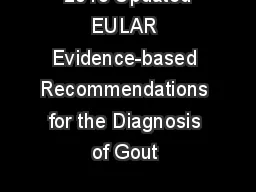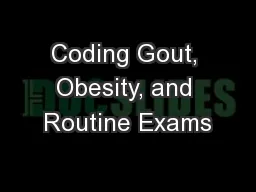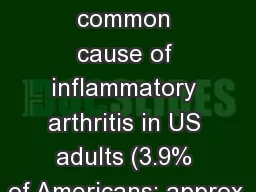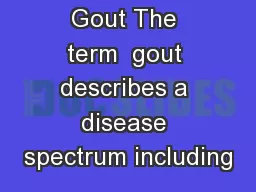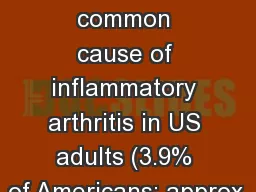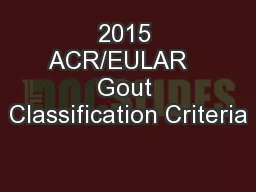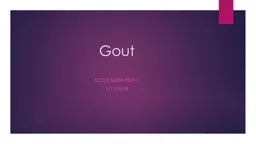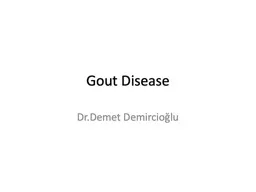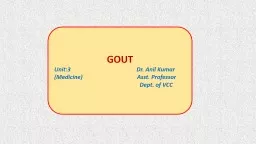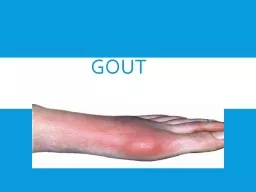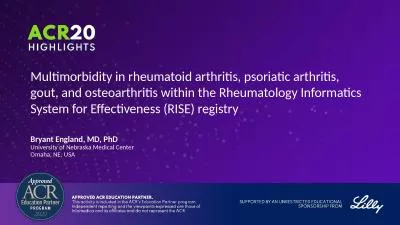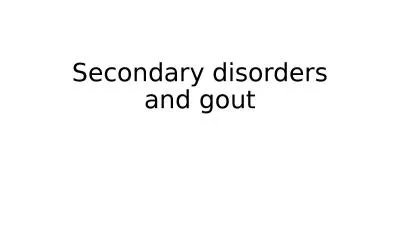PPT-2018 Updated EULAR Evidence-based Recommendations for the Diagnosis of Gout
Author : aaron | Published Date : 2020-04-04
Slide 1 Target populationquestion 2 26022019 In 2006 the EULAR produced its first evidencebased recommendations for the diagnosis of gout Since then a number of
Presentation Embed Code
Download Presentation
Download Presentation The PPT/PDF document " 2018 Updated EULAR Evidence-based Recom..." is the property of its rightful owner. Permission is granted to download and print the materials on this website for personal, non-commercial use only, and to display it on your personal computer provided you do not modify the materials and that you retain all copyright notices contained in the materials. By downloading content from our website, you accept the terms of this agreement.
2018 Updated EULAR Evidence-based Recommendations for the Diagnosis of Gout : Transcript
Download Rules Of Document
" 2018 Updated EULAR Evidence-based Recommendations for the Diagnosis of Gout "The content belongs to its owner. You may download and print it for personal use, without modification, and keep all copyright notices. By downloading, you agree to these terms.
Related Documents

